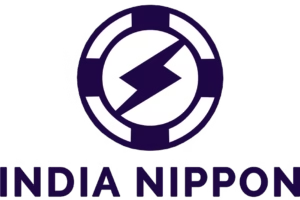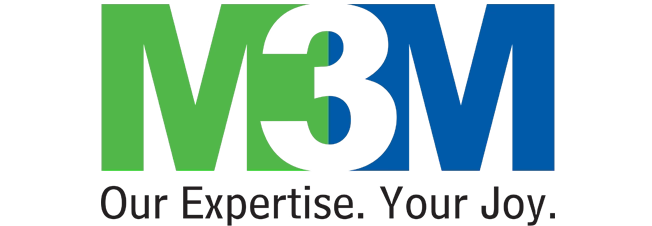Rutuparna Rout • December 17, 2025
A comprehensive guide to decentralised purchasing in 2026

Last update: December 18, 2025
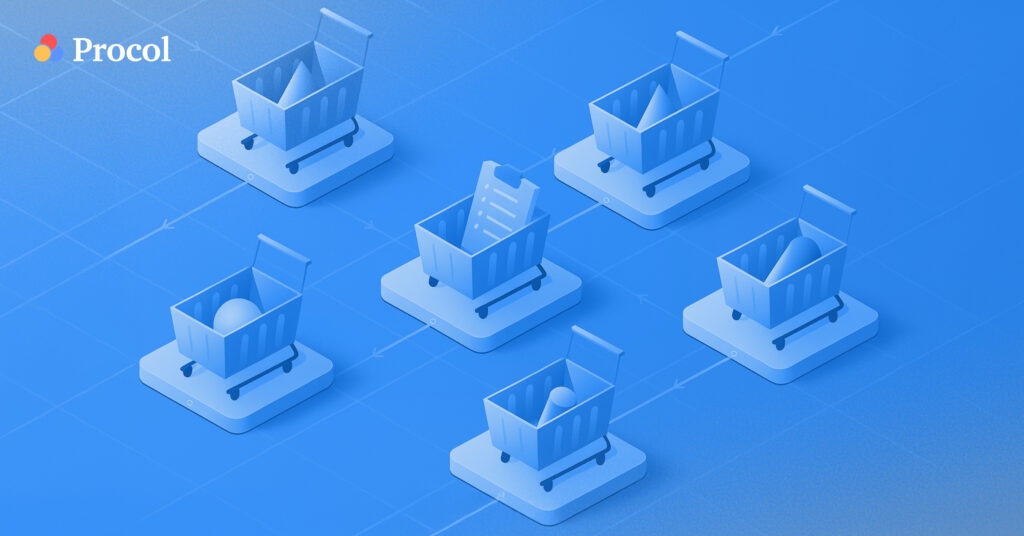
Purchasing is adapted to the specific needs of every business. It’s the backbone of the supply chain, which shapes quality, productivity, and costs. Primarily, organizations opt for decentralized purchasing, where departments purchase independently of one another. This purchasing method has both advantages and disadvantages, and the right fit depends on your company’s size, structure, and goals.
In this article, we’ll explore how decentralized purchasing compares to centralized purchasing, its benefits and limitations, and help you decide which model best suits your organization.
What is decentralised purchasing?
Decentralized purchasing is a business model in which buying and procurement decisions are primarily handled by individual departments or specialized teams within an organization, rather than being centralized in a single unit. This model allows individual units to make purchases based on their needs through localized procurement. It leads to end users and supporting direct vendor relationships. This method enhances speed and flexibility, enabling teams to address their unique needs and adapt quickly to market shifts.

Types of decentralised purchasing
Decentralized purchasing can take different forms depending on how an organization distributes decision-making authority. It may be managed by departments and in some cases, combined with central oversight through a hybrid model. Each type balances speed and control in its own way.
Here are the types listed below.
1. Department-based model
Each department manages its own purchasing. Department heads establish requirements, select suppliers, and approve orders within their budgets. This ensures faster decisions with team goals.
2. Local model
Mainly, purchasing authority is given to local sites. Teams use their knowledge of local markets to meet reduced delivery times & build strong supplier relationships. This often lowers transport costs and improves service.
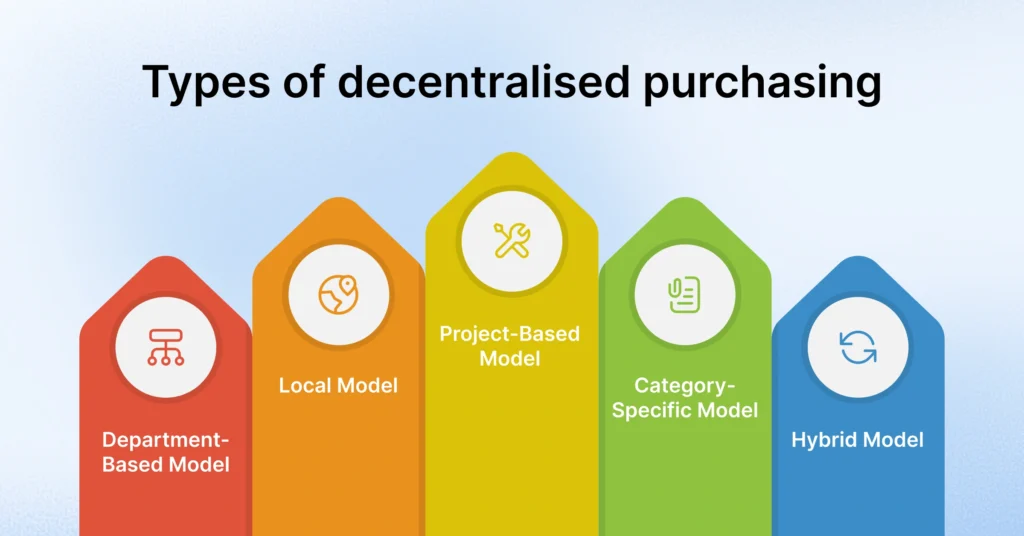
3. Project-based model
Temporary project teams (e.g., R&D, construction, campaigns) handle their own procurement process. Project managers buy directly to meet deadlines and their needs without waiting for central approvals.
4. Category-specific model
Responsibility is divided by spending category. For example, one team manages IT hardware, another manages raw materials, and another handles services. Category experts negotiate terms in accordance with company guidelines.
5. Hybrid model
The hybrid model is known as a combination of centralized and decentralized approaches. The central team controls high-value or strategic purchases, while departments manage local purchases. It balances efficiency, flexibility & oversight.
What is the difference between centralised and decentralised purchasing?
Understanding the difference between centralized and decentralized purchasing helps businesses determine which one best meets their business requirements. It will help you in a shorter form to understand what each approach is about, how it works, what it requires, and so on.
To summarize everything, refer to the table below.
| Aspect | Centralised Purchasing | Decentralised Purchasing |
|---|---|---|
| Decision making | Decision-making authority lies with only one team or document | Decision-making authority regarding procurements is delegated to various departments based on their specific needs and requirements. |
| Speed | Take time due to approvals and hierarchy | Faster, as decisions are closer to the point of need |
| Cost effective | As purchases are smaller and more individual in nature, there is less scope for negotiation, resulting in higher costs. | As purchases are smaller and more individual in nature, there is less scope for negotiation, resulting in higher costs. |
| Efficiency | Bulk purchasing helps increase efficiency in the overall business process. | Decentralized purchasing allows us to address immediate procurement needs. |
| Vendor management | Centralised purchasing offers stronger relationships with suppliers | Multiple suppliers and decision-makers can lead to potential inconsistencies. |
| Risk management | With a single point of contact, there is less potential risk and improved oversight. | As there are multiple points of contact for different procurement needs, it can lead to potential risks and poor contacts. |
| Accountability | Only one department handles the entire procurement. | Since different departments handle their procurement, the accountability is also shared. |
What are the advantages and disadvantages of decentralised purchasing?
The decentralized procurement process can pose challenges in terms of compliance with procurement policies and regulations. Has both advantages and disadvantages. Advantages are evident in its flexibility, whereas disadvantages become apparent when the department handles everything by itself. Here are some of the key approaches as follows:
| Advantages | Disadvantages |
|---|---|
| Faster Decisions & Responsiveness: Teams purchase directly, avoiding central approval delays and keeping projects on track. | Inconsistent Quality & Standards: Different supplier choices may cause quality gaps and operational issues. |
| Cost Efficiency: Quick local purchases avoid delays and ensure transparent budget use. | Higher Costs from Bulk Discounts: Separate buying reduces volume leverage, resulting in higher unit prices. |
| Accountability: Teams own results, making procurement transparent and building trust with suppliers. | Duplicate Efforts & Time Waste: Teams may unknowingly buy the same items, adding extra workload. |
| Flexibility: Teams adapt quickly to market shifts without waiting for central approval. | Weaker Supplier Relationships: Multiple requests from departments dilute negotiation power and supplier trust. |
| Encourages Collaboration: Local teams test new suppliers and share best practices and solutions across the organization. | Greater Risk of Errors: Limited oversight increases compliance risks and the use of unverified suppliers, leading to potential errors. |
| Local Expertise: Departments select suppliers and products tailored to their specific needs, thereby reducing waste and enhancing outcomes. | Harder to Track Spending: Finance struggles to consolidate expenses, making budgeting difficult. |
The hybrid purchasing model
Some organizations may combine the benefits of both centralized procurement and decentralized purchasing models. But both centralized and decentralized models have their strengths; that’s why many businesses adopt a hybrid approach. Certain purchases are centralized, while others revert to a decentralized purchasing system.
Mentioning here some key points regarding the hybrid purchasing:
- Smaller, less valuable purchases can be decentralized for speed and flexibility, while high-value or strategic buys remain centralized for control and compliance.
- For example, permitting the purchase under a specific dollar limit to be handled in a decentralized manner, benefiting from the speed and flexibility it provides. Any purchases above that limit, however, would require approval from the purchasing team.
- Another example is to keep supply chain procurement centralized, but let departments handle SaaS purchases, with IT sign-off to avoid security and licensing issues. Vendors can help you strike the right balance, making your purchasing process smarter, faster, and more efficient.
- Another approach is to develop a hybrid purchasing model based on the purchase category. For example, supply chain procurement, purchasing components that go into manufacturing the product you sell, may be the domain of the procurement team.
- However, the Saas purchasing process can be handled at the regional level or assigned to department stakeholders. In this instance, it may be wise to ensure that your IT leader approves all purchase orders to minimize SaaS security risks.
Procol’s decentralized purchasing makes buying faster and easier
Procol enables departments and teams to manage their own purchases, allowing faster, localized decision-making without waiting for central approvals. Its user-friendly interface ensures quick adoption, while real-time analytics provide insights into spending, supplier performance, and purchasing trends. In addition to purchasing, it offers powerful features for streamlining the entire procurement process. Its contract management tool combines agreements, making requirements and renewals easier to track while reducing compliance risks.
As organizations grow, this procurement platform scales effortlessly, managing multiple teams and purchases across platforms while ensuring consistency and transparency.
Conclusion
Decentralized purchasing can be a highly productive procurement process model, but its success depends on the size and organizational structure of your company. This process empowers teams by enabling them to make decisions across the organization, giving departments the flexibility to respond quickly to their specific needs. Companies that utilize decentralized purchasing find themselves more productive and able to meet customer demands more quickly compared to market standards.

Frequently asked questions
What is decentralized ordering?
Decentralized ordering is when departments or branches manage their own purchases instead of a central team. It offers flexibility and speed but can cause inefficiency and higher costs.
What are the examples of decentralized purchasing?
The two examples of decentralized purchasing are:
City of Arvada, Colorado (USA): Each of Arvada’s 13 departments manages its own procurement, allowing autonomy in supplier selection and purchases.
Global Pharmaceutical Company: Decentralized purchasing led to challenges like higher costs, limited visibility, and reduced efficiency due to uncoordinated business unit decisions.
Who can use decentralized purchasing?
Global enterprises, SMEs, and governments can use it. Any organization wanting flexibility and faster procurement can adopt it. It suits teams that need autonomy in decision-making.
Which industries are adopting it?
Industries like supply chain, retail, manufacturing, and the public sector are adopting it. They benefit from faster, localized purchasing. It helps them respond quickly to market and operational needs.
Schedule a Demo
We’d love to hear from you. Please give us a call on +1 315-645-2799.
Explore more from Procol
Discover expert tips, how-to guides, industry insights, and the latest procurement trends.
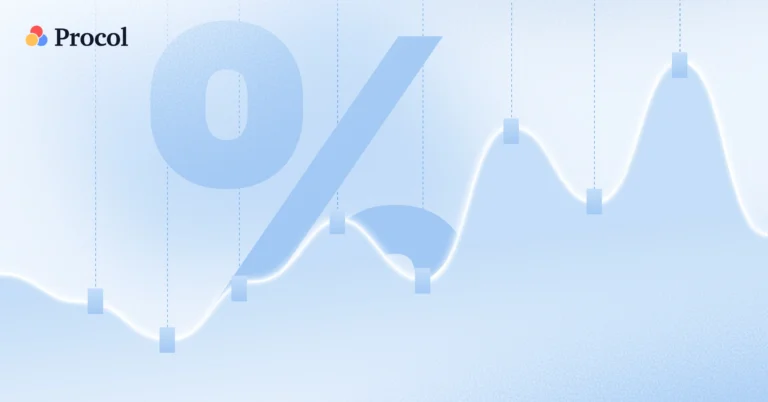
Top 22 spend management KPIs to optimize procurement in 2026
Today’s business world has moved from just ‘buying’ to ‘managing spend’...

What is supplier diversity and why is it important?
In the modern corporate competitive world, where both market resilience and...
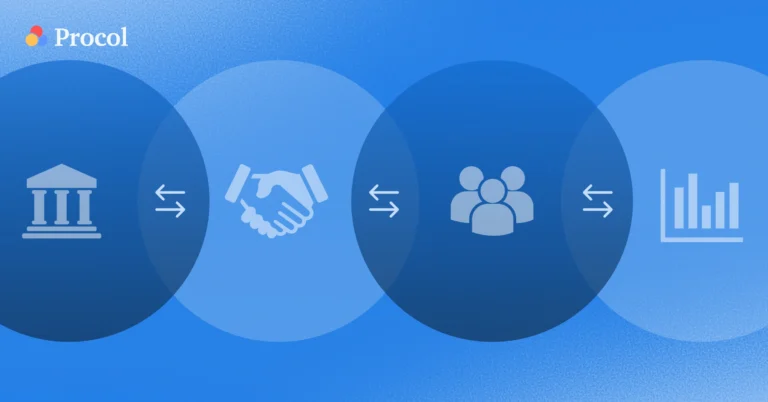
Top 10 accounts payable automation software in 2026: ratings & features
Managing accounts payable manually might seem simple when your business is...



